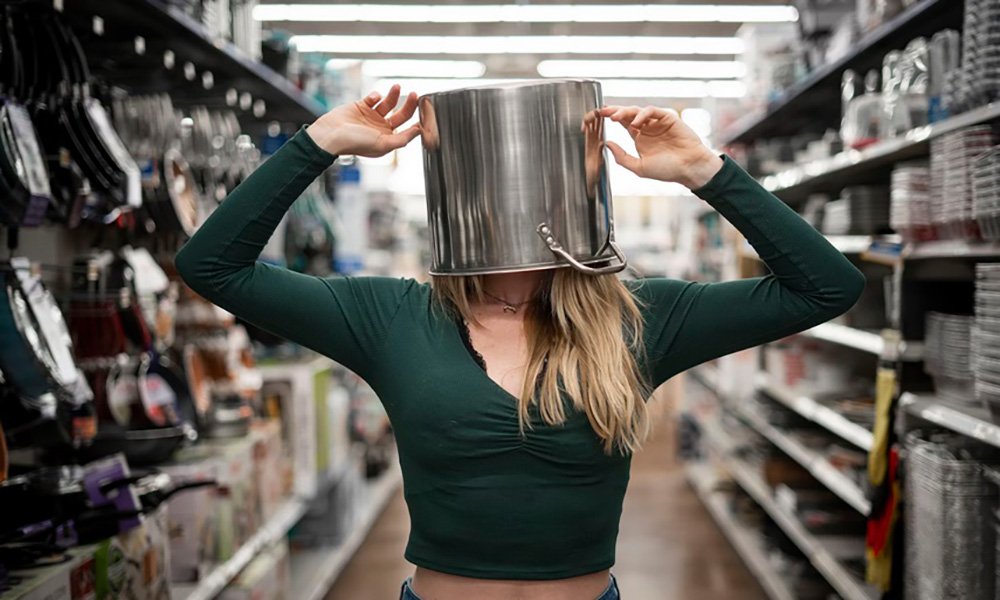Stainless steel cookware is a favorite among professional chefs for many reasons. It offers durability, versatility, and superior performance in the kitchen. While there are many cookware materials available, stainless steel remains a top choice in professional kitchens worldwide. In this article, we will explore five key reasons why professional chefs prefer stainless steel cookware.
1. Durability and Longevity
One of the primary reasons chefs choose stainless steel cookware is its exceptional durability. Unlike non-stick or aluminum cookware, stainless steel is resistant to scratches, dents, and rust. With proper care, stainless steel pots and pans can last for decades, making them a cost-effective investment for any professional kitchen. Stainless steel is also highly resistant to corrosion, ensuring that it retains its appearance and functionality over time.
Professional chefs require cookware that can withstand constant use, high
temperatures, and frequent cleaning. Stainless steel meets these demands effortlessly, making it a favorite in busy commercial kitchens. It is also less likely to warp or degrade over time compared to other cookware materials, ensuring that it remains a reliable choice for years.
2. Excellent Heat Distribution and Retention
High-quality stainless steel cookware, especially those with an aluminum or copper core, provides even heat distribution. This ensures that food cooks evenly without hot spots, which is essential for precision cooking. Additionally, stainless steel retains heat well, allowing chefs to maintain consistent cooking temperatures.
A well-balanced heat distribution is crucial in professional cooking, where precise temperatures can mean the difference between a perfectly cooked dish and an underwhelming one. Stainless steel cookware often features multi-ply construction, such as tri-ply or five-ply layers, which enhances its ability to conduct heat efficiently. This makes it ideal for searing meats, making delicate sauces, and executing intricate culinary techniques that require precise temperature control.
3. Non-Reactive Surface
Stainless steel is non-reactive, meaning it won’t interact with acidic or alkaline ingredients. Unlike some cookware materials that can leach harmful substances into food, stainless steel keeps flavors pure. This makes it ideal for cooking tomato-based dishes, citrus-infused recipes, and other acidic foods without altering their taste or safety.
In contrast, other materials such as cast iron or aluminum can sometimes react with certain ingredients, affecting the taste and nutritional value of the food. Professional chefs rely on stainless steel because it allows them to cook a wide variety of recipes without worrying about chemical reactions that might compromise the integrity of their dishes. Additionally, its non-reactive surface ensures that cookware remains stain-free and retains its polished look for a long time.
4. Versatility in Cooking Techniques
Professional chefs need cookware that can handle a wide range of cooking techniques, and stainless steel delivers. It is perfect for searing, browning, boiling, sautéing, and deglazing. Additionally, stainless steel cookware is oven-safe, allowing for seamless transitions between stovetop and oven cooking.
Many stainless steel cookware sets are compatible with different types of cooktops, including gas, electric, and induction stoves. This versatility allows chefs to use the same cookware across various kitchen setups, eliminating the need for multiple types of pots and pans. The ability to go from stovetop to oven also enables professional chefs to experiment with complex cooking methods such as braising and roasting, expanding their culinary possibilities.
5. Easy Maintenance and Hygiene
Stainless steel cookware is easy to clean and maintain. It is dishwasher-safe and can withstand high temperatures without degrading. Unlike non-stick pans, which require gentle handling, stainless steel can be scrubbed without damaging its surface. Its non-porous nature also makes it resistant to bacteria buildup, ensuring a hygienic cooking environment.
Unlike non-stick cookware that may lose its coating over time, stainless steel does not peel or flake, making it a safer choice for long-term use. Even when stainless steel cookware develops a layer of burnt-on food, it can be restored using simple cleaning techniques such as soaking in baking soda and vinegar or using stainless steel cleaners. This durability and ease of cleaning make it a practical option for professional kitchens that require rigorous hygiene standards.
Bonus: Aesthetics and Professional Appeal
Apart from its practical benefits, stainless steel cookware also adds a professional and polished look to any kitchen. Many chefs appreciate the sleek, shiny appearance of stainless steel, which enhances the overall aesthetic of their workspace. The reflective surface of stainless steel also makes it easier to monitor food as it cooks, helping chefs make precise adjustments to achieve the best results.
For professional chefs, stainless steel cookware offers a combination of durability, superior heat performance, versatility, and ease of maintenance. While other cookware materials have their benefits, stainless steel remains a trusted choice in the culinary world. Whether you are a professional chef or a home cook looking for high-quality cookware, stainless steel is a reliable and long-lasting option.
With its excellent heat distribution, resistance to wear and tear, non-reactive surface, and suitability for a wide range of cooking techniques, stainless steel cookware continues to be a staple in professional kitchens. Investing in a good set of stainless steel pots and pans is not only a smart decision but also a step toward improving your culinary skills and food preparation efficiency.
Learn more about: Pros and Cons of Stainless Steel Cookware
